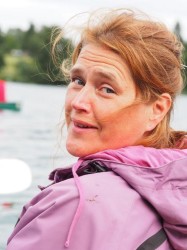BibTex format
@article{Lambelet:2016:10.1016/j.gca.2015.12.019,
author = {Lambelet, M and van, de Flierdt T and Crocket, K and Rehkamper, M and Kreissig, K and Coles, B and Rijkenberg, MJA and Gerringa, LJA and de, Baar HJW and Steinfeldt, R},
doi = {10.1016/j.gca.2015.12.019},
journal = {Geochimica et Cosmochimica Acta},
pages = {1--29},
title = {Neodymium isotopic composition and concentration in the western North Atlantic Ocean: results from the GEOTRACES GA02 section},
url = {http://dx.doi.org/10.1016/j.gca.2015.12.019},
volume = {177},
year = {2016}
}

